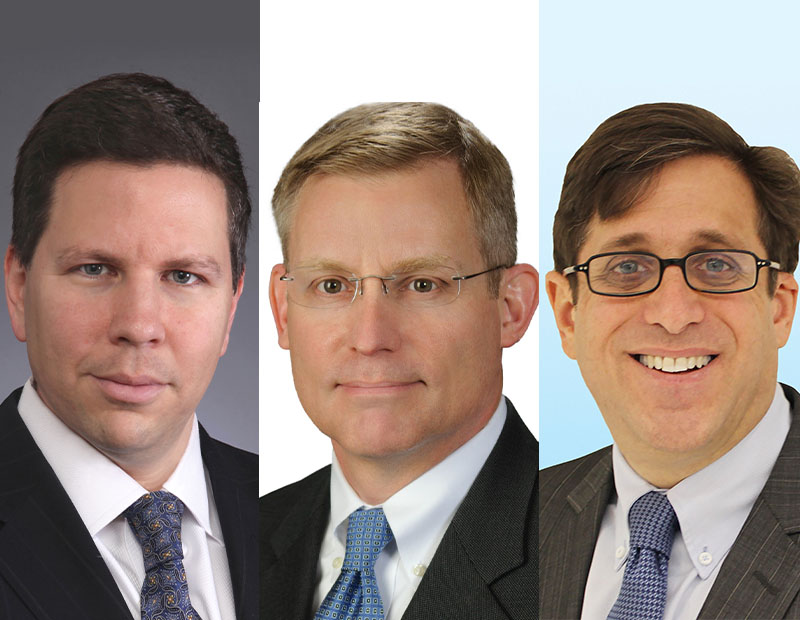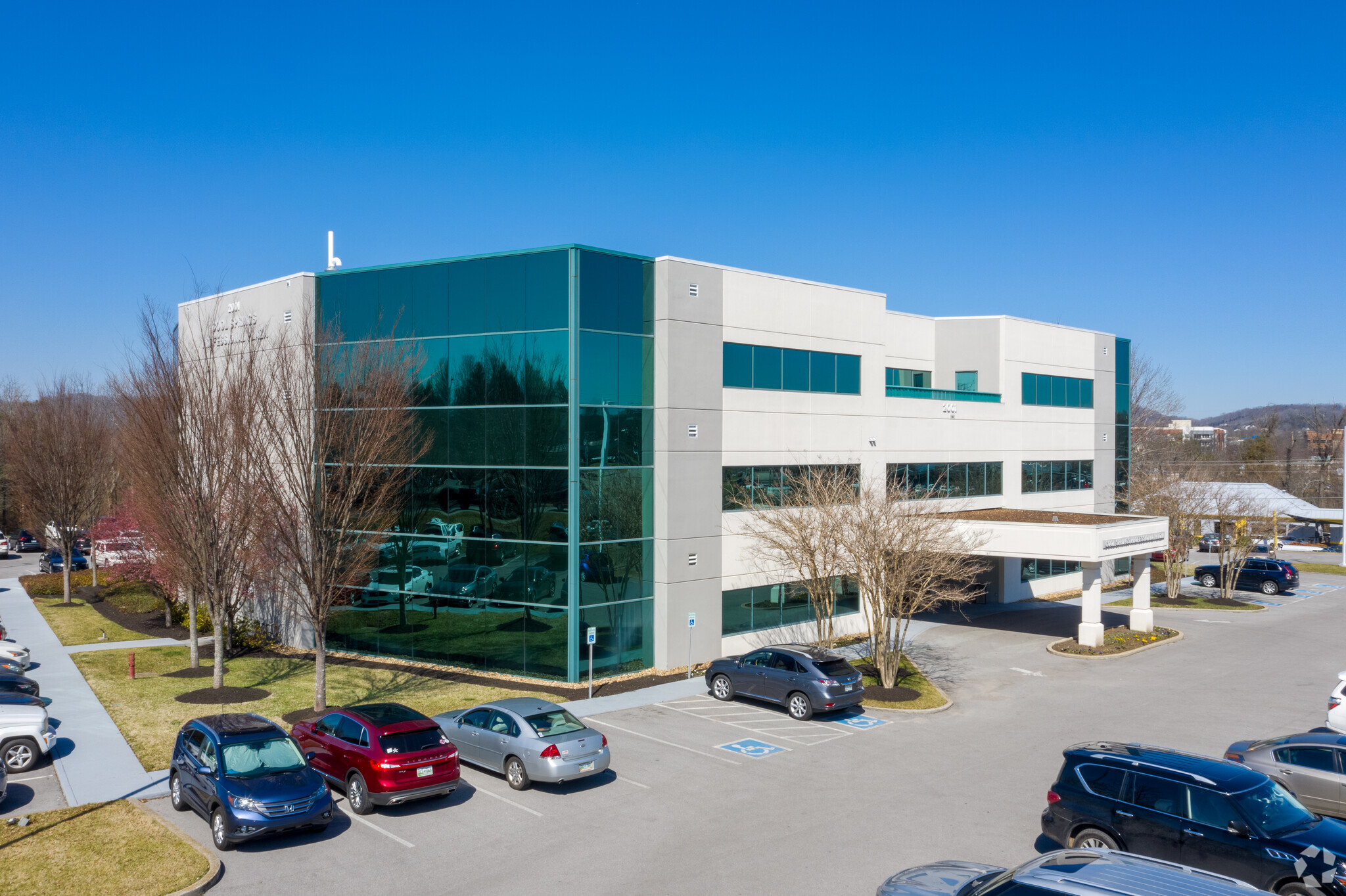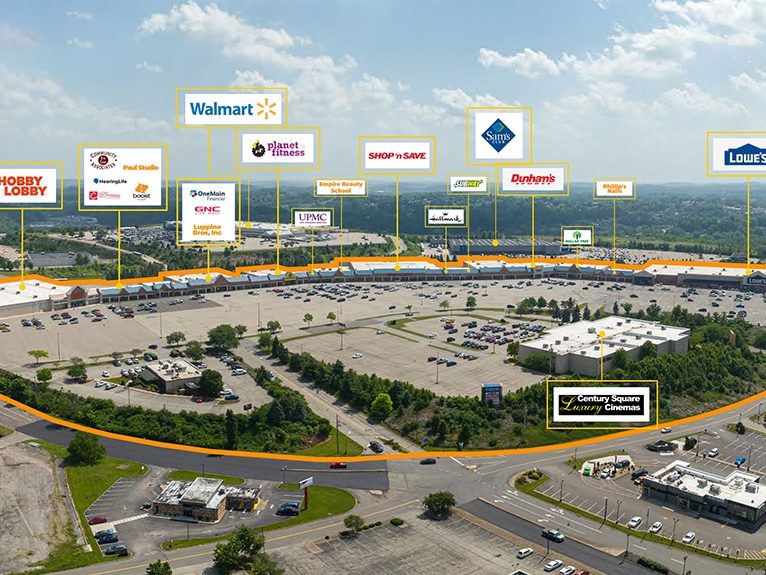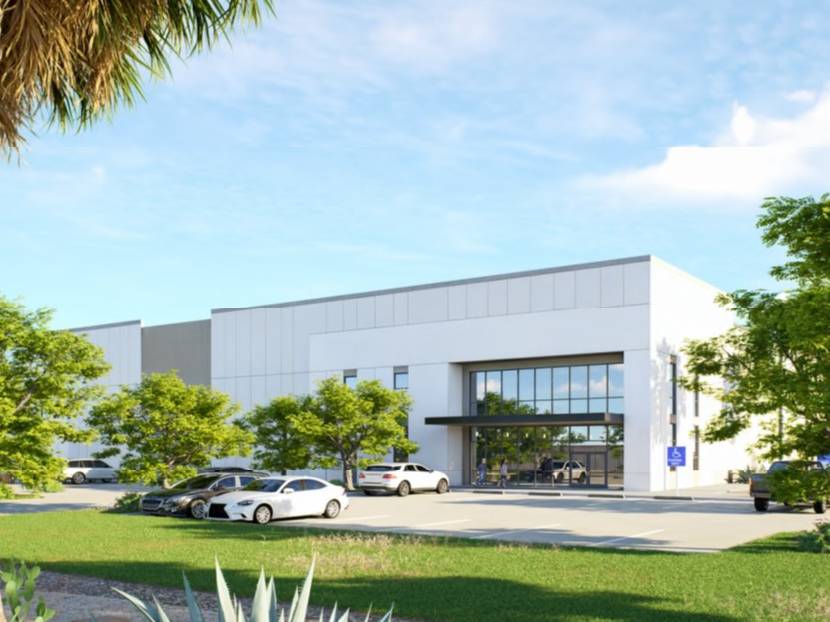MOB Tenants: What’s Hot and What’s Not
A holistic approach to wellness is becoming increasingly popular, while demand for urgent care centers may be declining.

Health trends come and go. And with them, demand for medical office space shifts. Certain markets are known for hosting certain types of health-care professionals. As such, medical office real estate trends across the nation look a bit different from place to place. But there are some overall occupancy themes to observe, as well.
A trend toward wellness
The general wellness industry has recently begun occupying more real estate than it historically has, according to Michael Cohen, principal of Williams Equities.
“There isn’t a single practice type that has eclipsed the others, but I do think that the concept of wellness—something that combines M.D.s with Ph.D.s and practitioners, acupuncturists, reflexologists—and this holistic approach to health care is one of the newer (ones) on the scene,” Cohen explained.
While some might not classify this as a medical tenant, Cohen does. As Baby Boomers age and the general population becomes more health conscious, the demand for holistic services, such as psychotherapy, is rising. And so is leasing.
“You are seeing this idea of mixing traditional medical care with sometimes alternative practices: fitness, nutrition, mental well-being,” noted Jay Johnson, national director of JLL’s health-care market. It’s becoming more common to see a mix of these medical tenant types under the same roof, he continued.
This trend will likely accelerate as people become more proactive rather than reactive about their health .
“We don’t want to settle for the same health care that our parents settled for,” said Johnson. “Expectations are going up. We want to be more active into our later years.”
Need-based practitioners
Other medical practitioners that are likely to continue to lease more and more space are those that cater to an aging population. Baby Boomers are likely to need more orthopedic procedures and the smaller cohort of Gen X, for example, will begin to move toward more frequent joint replacements. And then there are the things that never go away.
“Cardiology, dermatology, cancer-treatment facilities, those are all very widely needed and utilized medical tenants, and those are all going to get stronger,” said Jason Muss, president of Muss Development. “There is no substitute for visiting the doctor regardless of any other advancements in tech.”
Urgent care? Perhaps
One tenant that may have already seen its heyday is urgent care centers. During COVD-19 people were in constant need of quick and efficient medical testing within a short distance of their home. As a result, these centers skyrocketed.
“Those places thrived,” Muss said. “There is still a place for them, but they aren’t expanding as rapidly as they were.” Now, there might be some consolidation down the line.
Pandemic or not, younger generations often favor this more on-demand type of relationship with doctors and caregivers. Being able to see online what’s open now, what the wait times are and the types of services offered is “giving urgent care a bit more of a retail-like flavor,” Johnson said.







You must be logged in to post a comment.